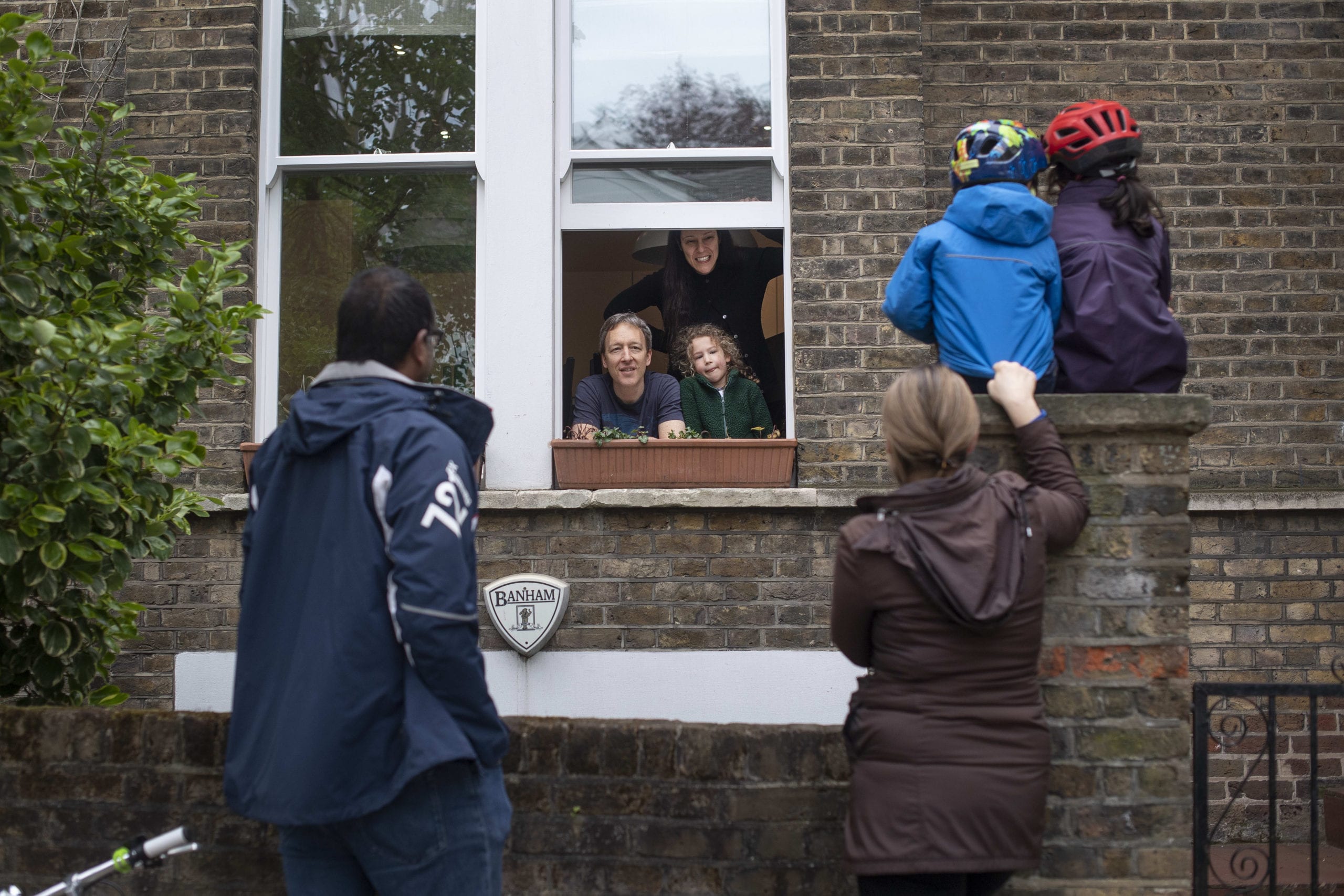[ad_1]
Without those measures in place, some states could see a jump in cases, leading to more deaths than predicted, health experts have said.
“There are some states, some cities, or what have you, who are looking at that and kind of leapfrogging over the first checkpoint. And I mean obviously you could get away with that, but you are making a really significant risk,” Fauci said during CNN’s town hall on coronavirus Thursday night. “I hope they can actually handle any rebound that they see.”
Experts have warned against the dangers of reopening a country that’s facing testing shortages, which they’ve called crucial to returning to normal life.
Other states are imposing new restrictions
“We need to use time to remain vigilant,” Louisiana Gov. John Bel Edwards said Thursday after extending the state’s order through May 15.
Some of the measures governors have taken include:
- Georgia Gov. Brian Kemp allowed some businesses to open last week. He said he won’t extend a statewide stay-at-home order and will require businesses to operate with strict social distancing measures until May 13.
- California Gov. Gavin Newsom ordered beaches and parks closed, and said reopening of schools and businesses is weeks away.
- Arizona Gov. Doug Ducey extended the stay-at-home order until May 15.
- Florida has two different approaches within its borders: Restaurants and retail shops can let customers inside, at reduced capacity, starting Monday. But not in South Florida’s populous Palm Beach, Broward and Miami-Dade counties, home to 6 million people.
- West Virginia’s dentists were allowed back to work Thursday while its restaurants, churches and other services like salons must wait until Monday.
Two more years of pandemic misery predicted
Coronavirus will likely keep spreading for another 18 months to two years — until a majority of the worldwide population has been infected, a team of pandemic experts predicted Thursday in a new report.
“This thing’s not going to stop until it infects 60 to 70% of people,” said Michael Osterholm, who directs the Center for Infectious Disease Research and Policy at the University of Minnesota. “The idea that this is going to be done soon defies microbiology.”
Osterholm has written about pandemics for 20 years, and served as an adviser to several presidents. He said it’ll take nearly two years for herd immunity to gradually develop among humans.
An effective vaccination is still months away
There are 102 potential coronavirus vaccines in development worldwide, according to the World Health Organization. The US National Institutes of Health was among the first to start conducting human trials.
Doctors testing experimental coronavirus vaccines may look for local infection clusters to try out potential immunizations, Fauci said.
“If we get in there and there are a number of infections, you can get an efficacy signal right away, which means you may know right ahead of time whether or not you have something that works,” Fauci said.
When the first phase of safety testing shows the vaccine is safe, possibly by summer, the second and third phases of testing can start, he added.
With this approach to testing, the US can invest “hundreds of millions of dollars” to start developing a vaccine, even before researchers prove it works.
“You don’t have to wait five or six months to scale up to get enough doses, to give to a meaningful number of people,” Fauci said. “That’s a risky financial circumstance, but it certainly, certainly is worth the risk given what’s at stake.”
Assuming the vaccine is safe, effective and can be produced quickly, it could be available by January, but it’s not guaranteed, he said.
Many things could go wrong in testing a vaccine, including complications for those who got the vaccine once they’re exposed to the virus, Fauci said.
CNN’s Jay Croft, Jamiel Lynch and Elizabeth Cohen contributed to this report.





















